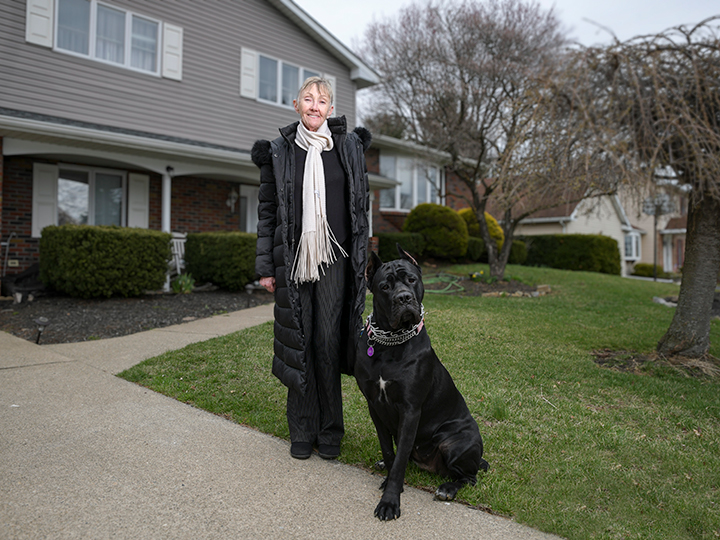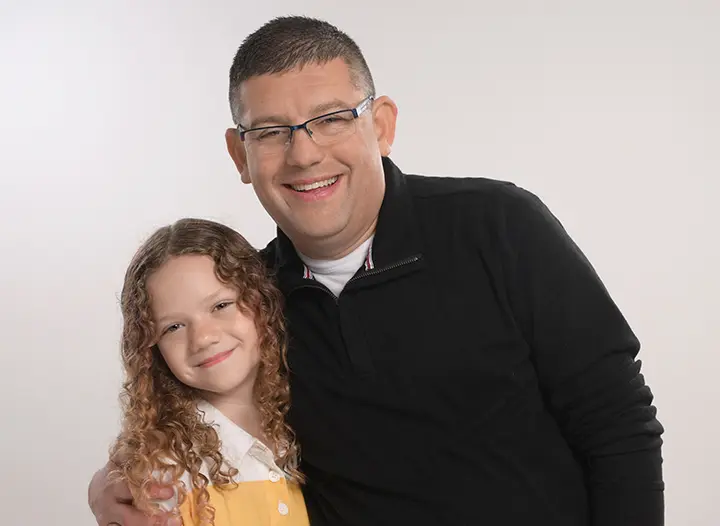Recovering from a Separated Shoulder
June 17, 2019

Shoulder separations are common injuries among athletes who play a variety of sports like ice hockey, lacrosse, cycling, skiing and football. Most shoulder separations are mild in severity and require a simple sling and rehabilitation. Some injuries are more significant and can require surgical intervention.
A shoulder separation is different from a dislocated shoulder; it does not involve the ball and socket joint but rather the joint directly above it. The clavicle (collarbone) joins the shoulder region where it meets a bone called the acromion. The clavicle and the acromion are very important anchor points for some large muscle groups about the shoulder. Thus, the region where they meet called the acromioclavicular or AC joint, is a high stress area.
The ligaments that stabilize the AC joint are quite strong. However, a direct blow to the side of the shoulder (that often occurs from a check into the boards in hockey) or landing directly on the shoulder (such as when one falls off a bicycle) can injure important ligaments. The extent of the injury to the ligaments determines the severity of the separation.
How serious is the injury?
A simple way to classify shoulder separation injuries is on a three-grade scale.
- A grade one injury is a simple sprain of the coracoclavicular ligaments. Although this is a painful injury, a simple sling, treatment with ice for comfort and gradual return to normal activities over 1-2 weeks is typically all that is required to achieve a full recovery. An x-ray of a grade one injury would typically appear normal.
- In contrast, a grade two injury involves partial tearing of the coracoclavicular ligaments causing a slight elevation of the clavicle at the AC joint resulting in the appearance of a bump on the shoulder. These injuries typically require a longer recovery from a pain relief and rehabilitation perspective, however, grade two injuries usually do not require surgical reconstruction.
- Grade three injuries are highly unstable and involve a complete tear of the coracoclavicular ligaments. The clavicle completely separates from the acromion yielding a significant deformity at the shoulder. Patients often notice significant pain and weakness in their shoulder. While some patients can successfully rehabilitate their shoulder to a functional state without surgery, many individuals will realize that their strength deficits are significant and choose to have surgical reconstruction.
Surgery for a separated shoulder
Surgery to reconstruct the coracoclavicular ligaments involves trying to recreate stabilizing structures in a delicate area adjacent to a group of large nerves called the brachial plexus. Several methods have been used to stabilize this high stress region, however failure rates for some techniques have been reported to be as high as 30 percent. While newer strategies have improved upon these numbers, even the most advanced reconstructive techniques still have a 10 to 20 percent reported rate of recurrent instability. Most recurrent issues appear in athletes who return to contact sports.
A lengthy recovery follows this outpatient surgery. Most athletes are in a sling for six weeks and physical therapy gradually restores range of motion and strength over the next six months. Some patients will wear a special pad over their AC joint when they return to a contact sport. However, research has not demonstrated a reduction in recurrence rates with using a protective device.
Read More NewsLatest News

April 10, 2025
Bethlehem Woman Grateful for Expert Orthopedic Care

December 12, 2024
Pediatric Orthopedic Surgery to the Rescue

